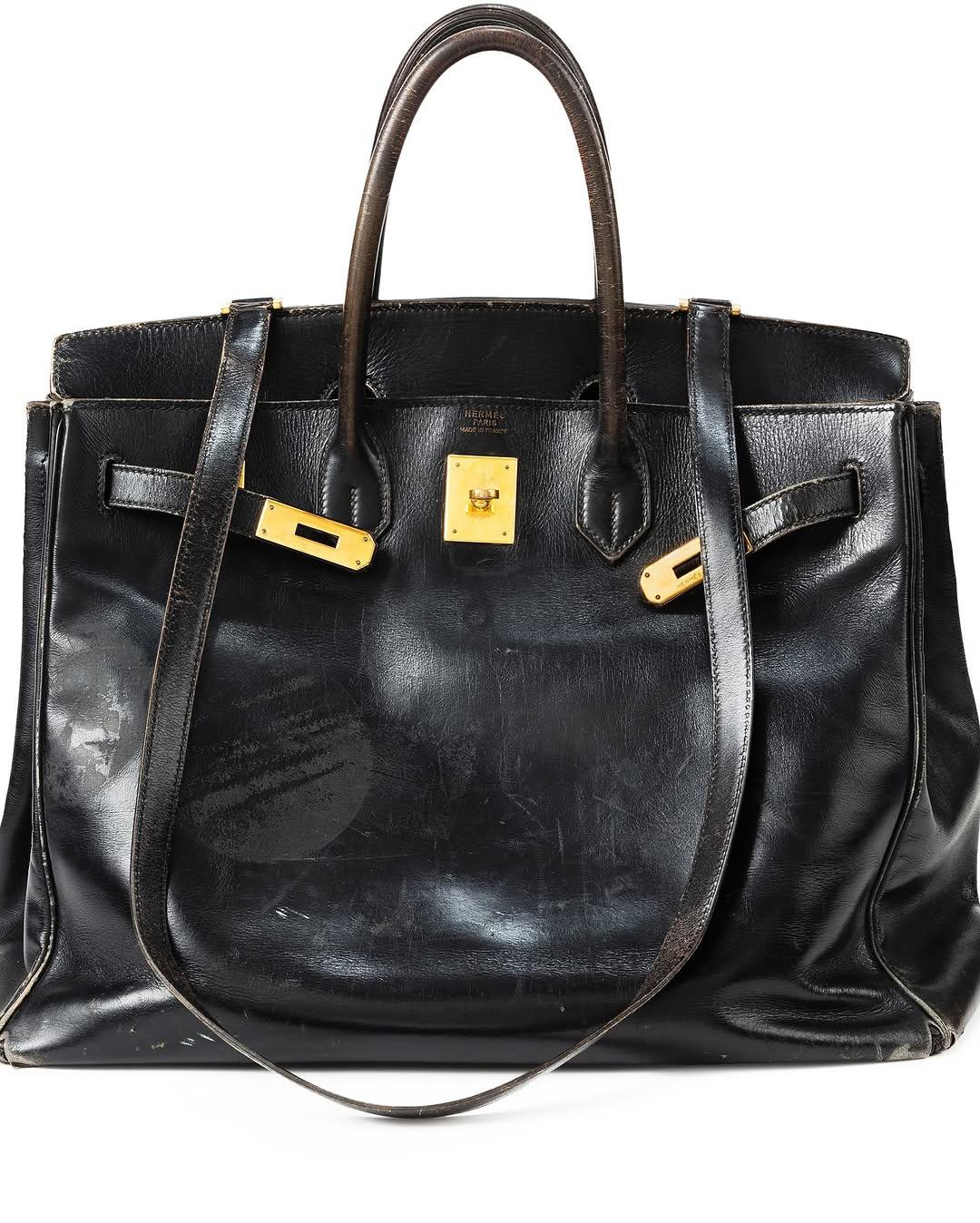

In the world of luxury fashion, few accessories command as much reverence as the Hermès Birkin bag. Synonymous with exclusivity, craftsmanship, and prestige, the Birkin has long been a coveted status symbol. But behind its global allure lies an intimate origin story–one that began not in a designer’s studio, but on a Paris-London flight in 1984.
It was during this serendipitous journey that British actress and singer Jane Birkin found herself seated next to Jean-Louis Dumas, the then-CEO of Hermès. As Birkin struggled with her overstuffed handbag, she casually lamented the lack of a spacious yet elegant carryall. The conversation that followed sparked the birth of what would become one of the most iconic handbags in history.
Before the Birkin bag became a global sensation, there was the original prototype–the very first version, handcrafted for Jane Birkin herself. Unlike the widely recognized models that would follow, this bag was unique in seven distinct ways. It featured a non-removable shoulder strap, a detail later omitted from standard designs, and gilded brass hardware, lending it an unmistakable charm. Over time, Birkin personalized the bag with stickers and signs of wear, making it an extension of her bohemian lifestyle.
Unlike later editions that would sell for tens and sometimes hundreds of thousands of dollars, the first Birkin was purely functional, designed to meet Birkin’s personal needs rather than the demands of the luxury market. Yet, it became the blueprint for an empire, setting the stage for a handbag that would redefine fashion.
For the first time ever, this original Birkin is being publicly displayed in Asia, courtesy of Sotheby’s Hong Kong. This exhibition offers fashion enthusiasts, collectors, and historians a rare chance to see the bag that started it all. Unlike the pristine, carefully preserved Birkins that now populate auction houses and private collections, this one tells a different story–one of use, personalization, and authenticity.
Jane Birkin herself was known for rejecting the idea of handbags as mere status symbols. Instead, she treated hers as a utilitarian piece, often seen with well-worn edges, scuffs, and personal embellishments. The very first Birkin embodies this philosophy, standing as a testament to both the timeless craftsmanship of Hermès and the effortless, lived-in elegance that Birkin herself exuded.
Over the decades, the Birkin bag has evolved into one of the most valuable fashion items in the world. Some of its rarest editions have fetched record-breaking prices at auction. In 2017, a matte white “Himalaya” crocodile Birkin adorned with 18-karat gold and encrusted with 205 diamonds sold for nearly $380,000 at a Christie’s auction in Hong Kong. Another, a fuchsia diamond-encrusted crocodile skin Birkin, fetched HK$1.72 million (approximately £146,000) in 2015.
Yet, none of these highly coveted pieces hold quite the same historical weight as the original prototype. This bag is not just about opulence–it’s about legacy. It represents the spontaneous moment of inspiration that gave birth to a cultural phenomenon, a rare instance where necessity and artistry collided to create something truly legendary.
The showcase at Sotheby’s Hong Kong is more than an exhibition–it’s a glimpse into the genesis of a fashion revolution. For those lucky enough to see it in person, the original Birkin serves as a bridge between the past and present, reminding the world that even the most legendary creations begin with a simple idea and often times have humble beginnings.



